What Is a Car Chassis? Everything You Need to Know
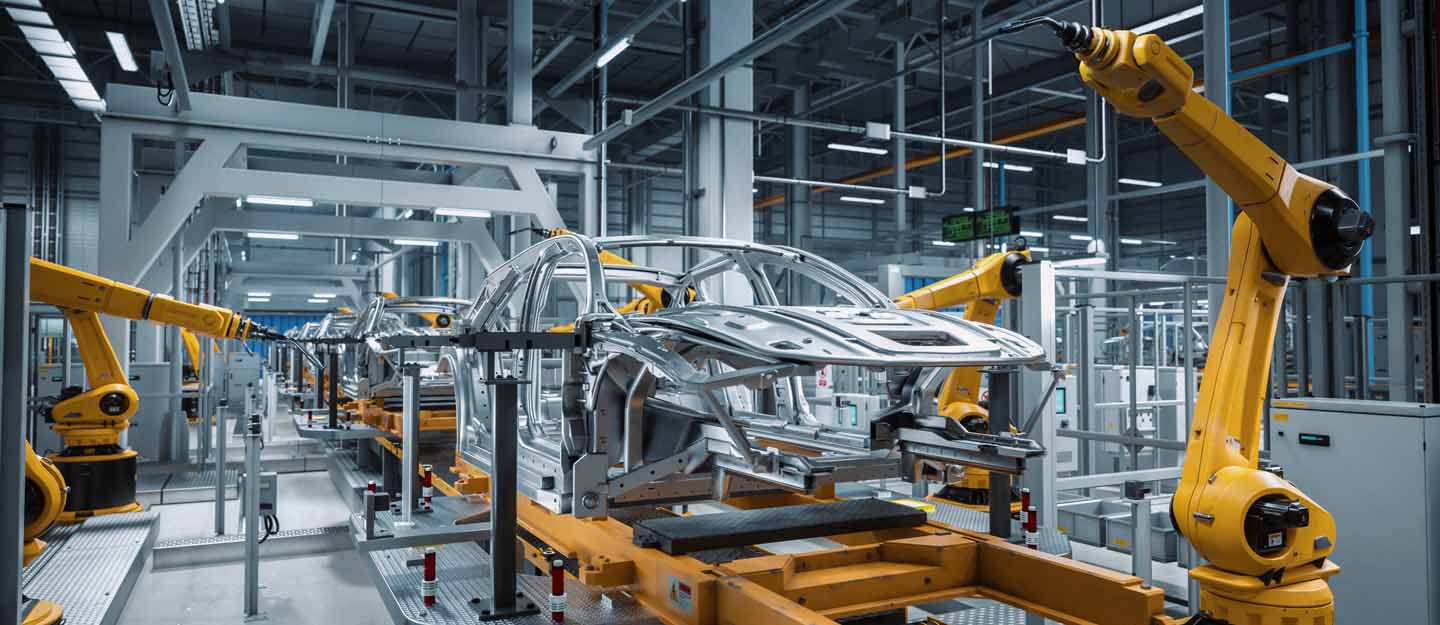
- Meaning
- Functions
- Components
- Types
- FAQs
When you buy a car, you may hear terms like Chassis Number and Vehicle Identification Number. While many confuse chassis with the vehicle frame, a chassis is more than that. A car chassis is a load-bearing part of the vehicle frame. Besides, its arrangement is in such a way that allows the flow of power from the drivetrain to the wheels.
Whether the vehicle is moving steadily or at rest, the main function of the chassis is to hold the vehicle’s load and frame. Let’s understand the details about the car chassis, its function and its different types.
CAR CHASSIS MEANING
A car chassis is the primary structural framework of a vehicle. It is the foundation for all other components, including the engine, body, steering and suspension system. Moreover, it provides structural integrity, supports the vehicle’s weight and plays a crucial role in safety and performance.
CAR CHASSIS FUNCTIONS
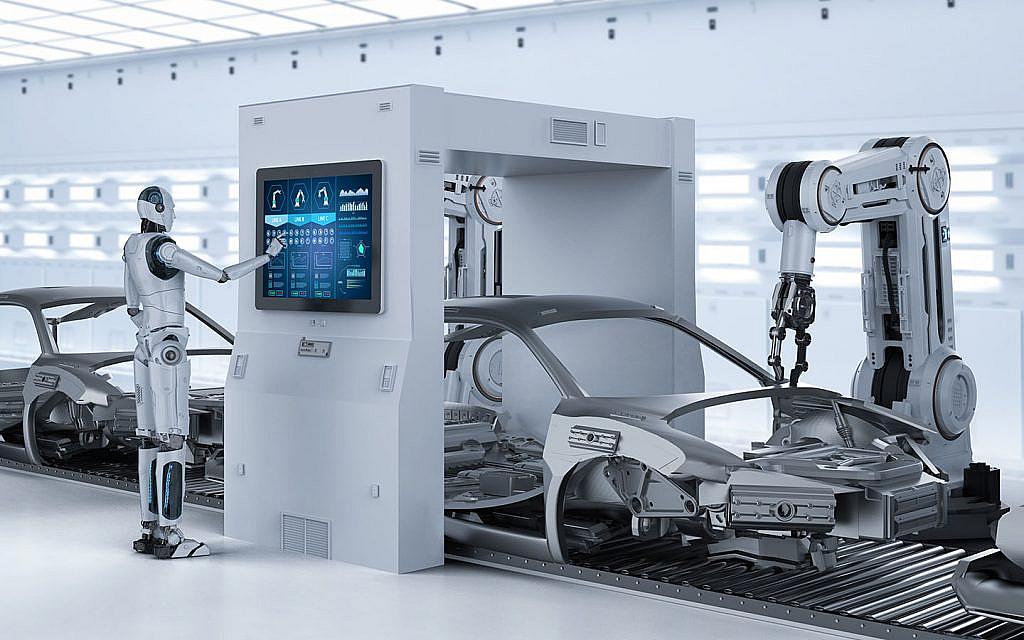
The car chassis provides structural integrity and rigidity to the vehicle. It withstands various forces and stresses, such as those encountered during acceleration, braking and cornering. Mainly, chassis have the following functions:
- Prevents excessive body roll
- Improves the car’s ability to navigate corners and uneven terrain
- Contributes to noise, vibration and harshness (NVH) technology
- Allows efficient power transfer from the engine to the wheels
CAR CHASSIS COMPONENTS
Car chassis components can vary depending on the make and model of the vehicle, but here are some common ones found.
- Clutch
- Transmission System
- Universal Joint
- Axle
- Rear Suspension
- Shock Absorbers
- Stabiliser Bar
- Springs
- Wheels and Tyres
TYPES OF CAR CHASSIS
A car chassis can be distinguished into the following types:
LADDER FRAME CHASSIS

A ladder frame chassis, also known as a body-on-frame chassis, is common in SUVs and pickup trucks. It consists of two parallel longitudinal rails (or ladder rails) that run the length of the vehicle, connected by cross members. Here are its pros and cons:
Pros
- It handles heavy loads and rough terrain, making it ideal for trucks and SUVs designed for off-road use.
- Ladder chassis have high towing capacities due to their structural strength.
- The separation of the body and chassis allows for easy modifications.
- Its design provides ample ground clearance and the ability to flex, making it suitable for off-road applications.
Cons
- It is heavier than unibody chassis designs, which can negatively impact fuel efficiency and handling.
- The rigid frame can result in a stiffer ride compared to vehicles with unibody construction.
- A higher centre of gravity affects handling and stability, especially in sharp turns.
MONOCOQUE CHASSIS
A monocoque car chassis, well-known as unibody or unitary construction, integrates the body and chassis into a unified structure. This design approach is commonly used in automobiles, aircraft and racing vehicles. Moreover, it is common in hatchbacks and sedans.
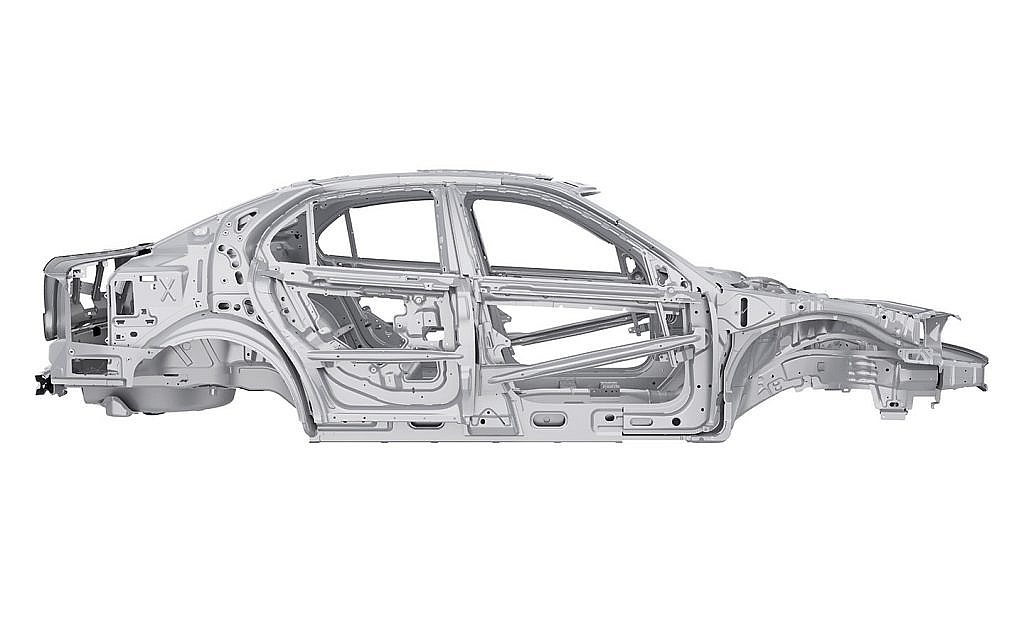
Pros
- It is lighter than traditional body-on-frame designs because it eliminates the need for a separate heavy frame.
- This design distributes loads and stresses more evenly across the entire structure, resulting in enhanced structural integrity and safety in the event of a collision.
- No separate frame takes up space, resulting in a roomier cabin and better cargo capacity.
- It contributes to better handling and road-holding characteristics because the body and chassis work together to provide stability and control.
- Monocoque designs can be more aerodynamic, reducing air resistance and improving fuel efficiency.
Cons
- Repairing a damaged monocoque chassis can be more complex and costly compared to a traditional body-on-frame vehicle.
- Monocoque structures may not be as durable as ladder-frame car chassis.
- The initial cost of designing and setting up production for a monocoque chassis can be higher.
- It has a reduced efficiency when off-roading.
SPACE FRAME CHASSIS
A space frame chassis consists of interconnected nodes and struts. Made from materials such as steel or aluminium, it is used in automotive and aerospace applications due to its strength-to-weight ratio and flexibility.
The basic concept involves a three-dimensional grid structure, where the nodes are points of intersection, and the struts form the framework’s elements.
PROS
- Space frames are exceptionally lightweight compared to traditional chassis designs.
- Despite their lightweight nature, space frames are incredibly strong and rigid, providing excellent structural integrity and safety.
- The inherent design of space frames dampens vibrations and reduces noise.
- Individual components of a space frame can often be replaced or repaired without the need for extensive reconstruction.
CONS
- The design and assembly of space frame chassis can be more complex and time-consuming than traditional monocoque or ladder-frame structures.
- They are more expensive to produce than simpler chassis designs.
BACKBONE CHASSIS
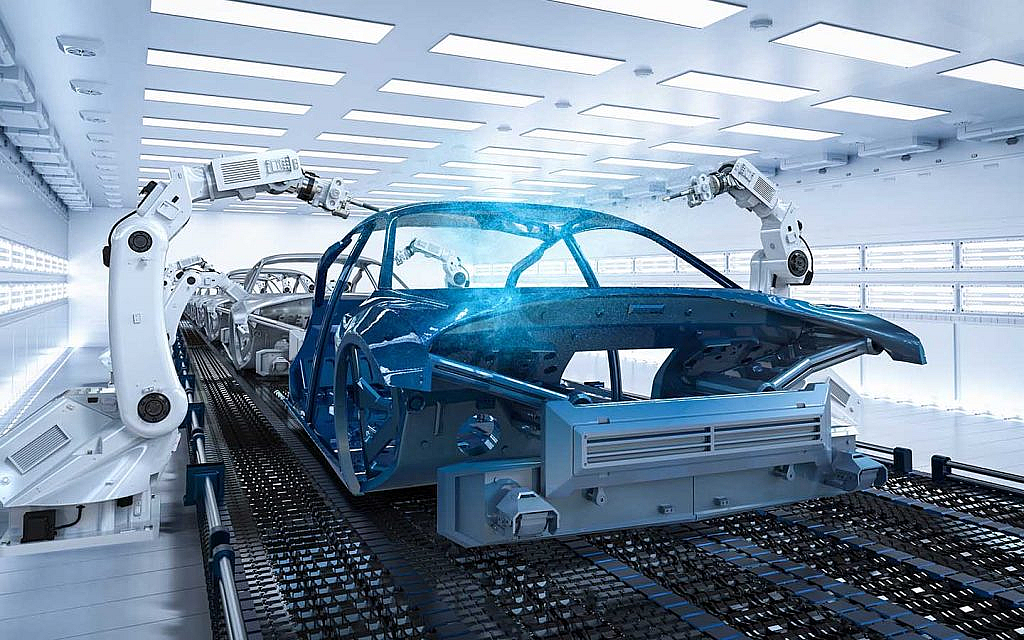
A backbone car chassis is common in trucks, buses and larger vehicles. Its design includes a rigid, ladder-like frame structure that forms the vehicle’s core.
PROS
- The backbone chassis provides excellent strength and durability, making it suitable for heavy-duty applications.
- The inherent rigidity of the backbone chassis contributes to the vehicle’s stability.
- Backbone chassis designs are relatively simpler and allow easy modification.
CONS
- It is heavier than other chassis designs, such as monocoque (unibody) structures. The additional weight can reduce fuel efficiency and payload capacity.
- The stiffness of the backbone chassis leads to a harsher ride compared to vehicles with more flexible chassis designs.
FAQs
WHERE CAN I FIND THE CHASSIS NUMBER?
In the UAE, you can typically check the car chassis number, also known as the Vehicle Identification Number or VIN, on the driver’s side dashboard near the windshield or on the driver’s side door frame.
CAN A CAR CHASSIS BE REPAIRED?
Yes, a car chassis can be repaired in many cases. The extent of the repair will depend on the extent of the damage. Minor chassis damage can often be repaired through welding and reinforcement.
HOW TO CHECK CAR HISTORY WITH CHASSIS NUMBER
To check a car’s history in the UAE with the chassis number, you can apply for the service on the Roads and Transport Authority (RTA) website or mobile app. They provide a Vehicle History Certificate that allows you to obtain essential information about the vehicle’s history, including ownership, accidents and more.
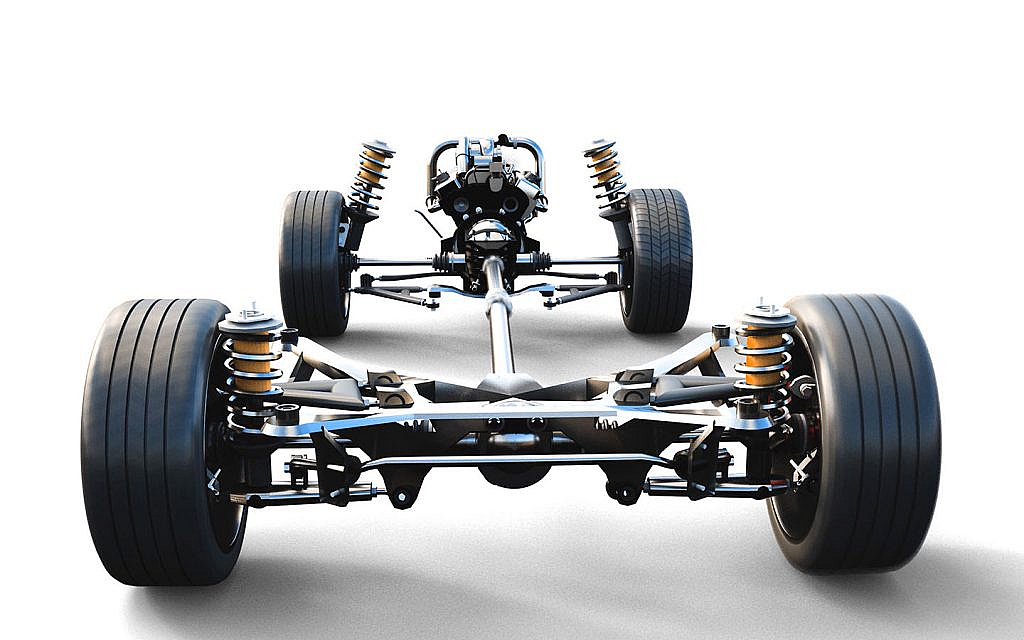
This is all about car chassis, its design, types and functions. When you choose a new or used car for sale in the UAE, getting prior knowledge of the car’s components can help with its repairs. Speaking of that, you can read the car glossary to learn more about different vehicle components.
You can learn how to check VIN and engine numbers in the UAE before buying a used car to check its history.
Stay tuned to dubizzle cars blog and learn more about different systems, design components and systems.
Leave a Reply